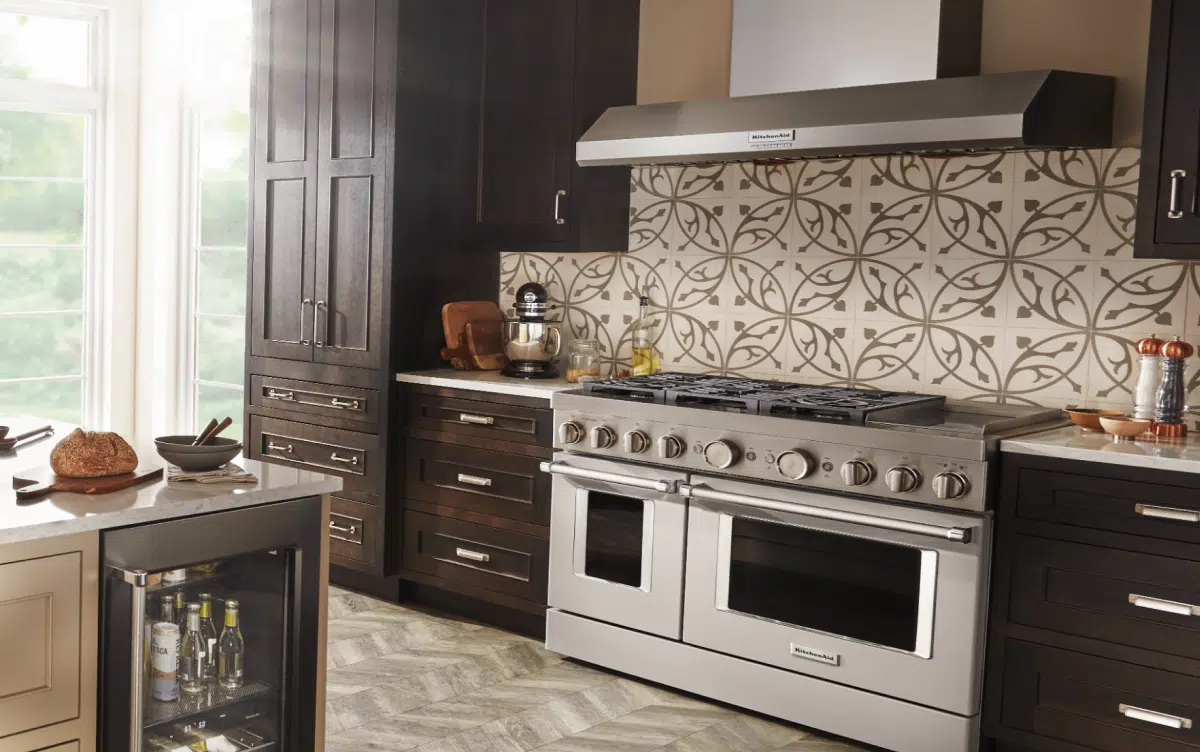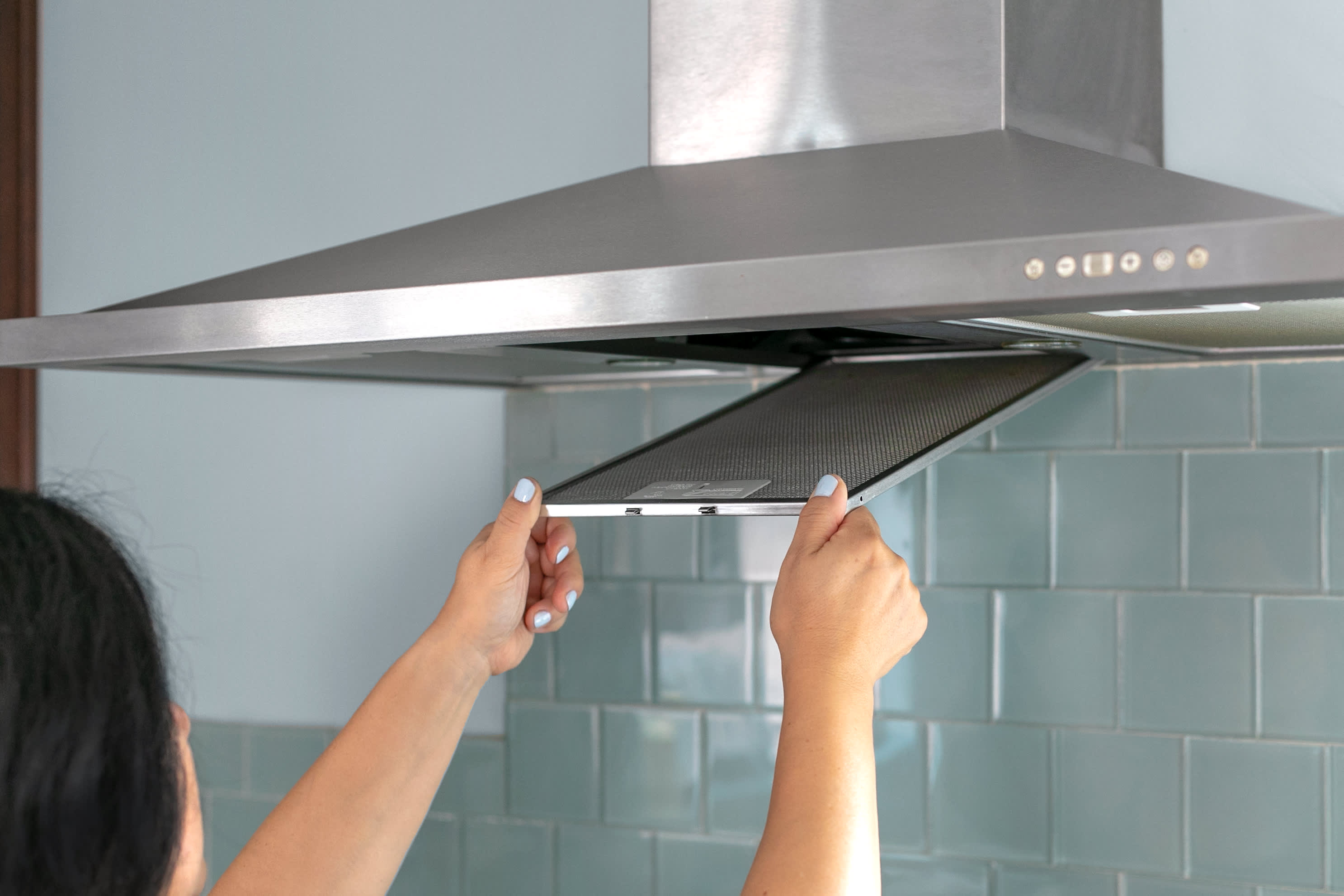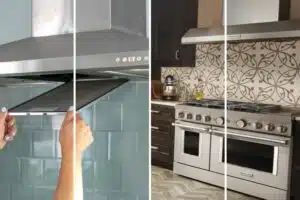A well-designed kitchen ventilation system is an essential component of any culinary haven. It removes unwanted odors and pollutants from the air and helps maintain a comfortable and healthy environment for the cook and the guests. The critical factors to take into account while creating the ideal ventilation system for a kitchen are explored in this article. From the types of kitchen ventilation systems available to the newest innovations in your industry, we’ll show you how to take advantage of them and guide you through creating a functional and efficient method for your kitchen.
Understanding the Importance of Kitchen Ventilation

Before delving into the details of designing a kitchen ventilation system, it’s crucial to understand why ventilation is so vital in this space. Various cooking activities occur in a kitchen, including frying, grilling, and baking. These processes generate steam, smoke, grease, and other airborne particles that can compromise air quality and create an uncomfortable atmosphere. Proper ventilation helps remove harmful contaminants, ensuring the air stays clean and nourishing.
Types of Kitchen Ventilation Systems
When designing your kitchen ventilation system, you have several options. Let’s have a look at some of the most common examples:
- Range Hoods: When it comes to kitchen ventilation, the most common option is the range hood. They are installed directly above the food preparation area and can capture and remove smoke, odors, and airborne particles. Range hoods come in various sizes and designs, allowing you to select the one that best suits your kitchen layout and style.
- Downdraft Ventilation: Downdraft ventilation systems are an excellent choice for kitchens with cooktops located on islands or peninsulas. These systems are installed directly into the countertop and use fans to pull the air downwards, effectively capturing smoke and fumes. Downdraft ventilation offers a sleek and discreet option for kitchen ventilation.
- Wall-Mounted Fans: Wall-mounted fans are a more budget-friendly option for kitchen ventilation. These fans are typically installed on the wall and designed to pull air from the kitchen, expelling it to the outside. While they may not provide the same level of effectiveness as range hoods or downdraft systems, they can still significantly improve air quality.
The Importance of Proper Planning When Designing a Ventilation System for a Kitchen
When designing your kitchen ventilation system, several important factors must consider. Let’s look more closely at each consideration in detail:
- Kitchen Size and Layout: The type and size of the air system you need will depend greatly on how big your kitchen is and how it gets set up. Larger kitchens may require more powerful range hoods or multiple ventilation units to remove smoke and odors adequately. Your kitchen layout will also impact the placement of the ventilation system, ensuring optimal coverage and effectiveness.
- Airflow Rate: The airflow rate of your ventilation system is a critical factor to consider. It determines how quickly the system can remove pollutants from the air. Calculating the airflow rate involves considering aspects such as the space available in the kitchen, the different kinds of food preparation, and the number of air changes per hour required. If you want to be sure the airflow rate suits your kitchen, it’s best to talk to an expert about it.
- Noise Level: Kitchen ventilation systems can sometimes generate noise, mainly when operating at higher speeds. If noise concerns you, consider investing in a system with noise-reducing features. For example, the Bilco ACDSV acoustical smoke vent offers an innovative design that minimizes noise while effectively removing smoke and ensuring optimal ventilation. Such features can help maintain a peaceful and enjoyable cooking environment.
- Energy Efficiency: As the energy cost continues to rise, it’s essential to consider the energy efficiency of your ventilation system. Look for designs with good ratings for how well they use energy and incorporate LED lighting and variable speed controls. These features save energy and help make a better kitchen plan for the environment.
Innovations in Kitchen Ventilation
The field of kitchen ventilation is constantly evolving, with innovations introduced to enhance functionality and efficiency. Here are some notable advancements:
- Intelligent Ventilation Systems: Smart technology has entered kitchen ventilation, allowing for remote control and system monitoring. With intelligent ventilation systems, you can adjust settings, monitor air quality, and even receive notifications on your smartphone. These systems are convenient and ensure your kitchen stays fresh and clean.
- Heat Recovery Ventilation: Heat recovery ventilation (HRV) systems designs to recover and reuse the heat that would otherwise lose through ventilation. These systems take heat from the air leaving and move it to the air coming in. This improves the system’s efficiency and energy conservation. HRV systems are particularly beneficial in colder climates where maintaining a comfortable kitchen temperature is essential.
Maximizing Air Quality: Choosing the Right Filters
The quality of air filtration in your kitchen and keeping work environments healthy is all about the kitchen ventilation system. When selecting filters for your plan, consider the following:
- Grease Filters: Grease filters are essential for capturing and trapping grease particles produced during cooking. They prevent grease buildup in the ductwork, reducing the risk of fire hazards and maintaining the efficiency of your ventilation system. Keep filters in good working order by selecting models with convenient removal and cleaning mechanisms.
- Charcoal Filters: Charcoal filters, also called activated carbon filters, remove smells and volatile organic compounds (VOCs) from the air. These filters are handy if your cooking style involves strong-smelling ingredients or your kitchen is in a residential area where venting to the outside is not feasible.
Regular Maintenance and Cleaning

Cleaning and maintaining your equipment regularly is essential to prolonging its lifespan for the intended use of your kitchen ventilation system. Here are some tips to remember about maintenance:
- Clean Grease Filters: Grease filters should clean regularly to prevent grease buildup, which can reduce airflow and hinder the performance of your ventilation system. Follow the manufacturer’s cleaning and maintenance directions, or consider getting new disposable filters when necessary.
- Check Ductwork: Inspect the ductwork of your ventilation system periodically to ensure there are no blockages or leaks. Any duct obstructions can restrict airflow and compromise the system’s efficiency. If you see any problems, you should call a professional to look at the situation and address the problem promptly.
- Professional Inspection: It’s advisable to have your kitchen ventilation system professionally inspected and serviced at least once a year. A trained technician can identify any underlying issues, clean the system thoroughly, and make necessary adjustments or repairs to keep it running optimally.
Creating a Quieter Kitchen with Bilco ACDSV Acoustical Smoke Vent
Regarding kitchen ventilation systems, one of the primary concerns is the amount of noise they produce. However, with innovative products like the Bilco ACDSV acoustical smoke vent, you can enjoy a quieter kitchen without compromising performance. This smoke vent utilizes specialized design features to minimize noise while effectively removing smoke and ensuring adequate ventilation. The acoustic insulation reduces sound transmission, creating a more peaceful cooking environment for you and your family.
Balancing Aesthetics and Functionality
In addition to its functionality, your kitchen ventilation system should blend seamlessly with the overall aesthetics of your culinary haven. Here are a few tips for achieving a balance between the balance between functionality and aesthetics:
- Range Hood Design: Range hoods come in many styles, from simple and sleek to bold and eye-catching. Choose a design that complements your kitchen’s style and enhances its visual appeal. Consider the materials utilized, the creation of the hood, and the location of controls and lighting.
- Integrated Ventilation: If you prefer a more discreet option, consider integrated ventilation solutions. These can be concealed within cabinetry or behind panels, allowing the ventilation system to blend seamlessly into the kitchen design while providing adequate airflow and pollutant removal.
Conclusion
Designing the perfect kitchen ventilation system involves thoughtful consideration of various factors, including the types of ventilation systems available, the size and layout of your kitchen, and the specific requirements of your cooking activities. By choosing suitable filters, conducting regular maintenance and cleaning, and incorporating innovative products like the Bilco ACDSV acoustical smoke vent, you can create an efficient, quiet, visually appealing kitchen ventilation system that ensures optimal air quality and a pleasant cooking experience. Keep in mind that the aesthetics of your kitchen have a lot to do with the success of your ventilation system.
